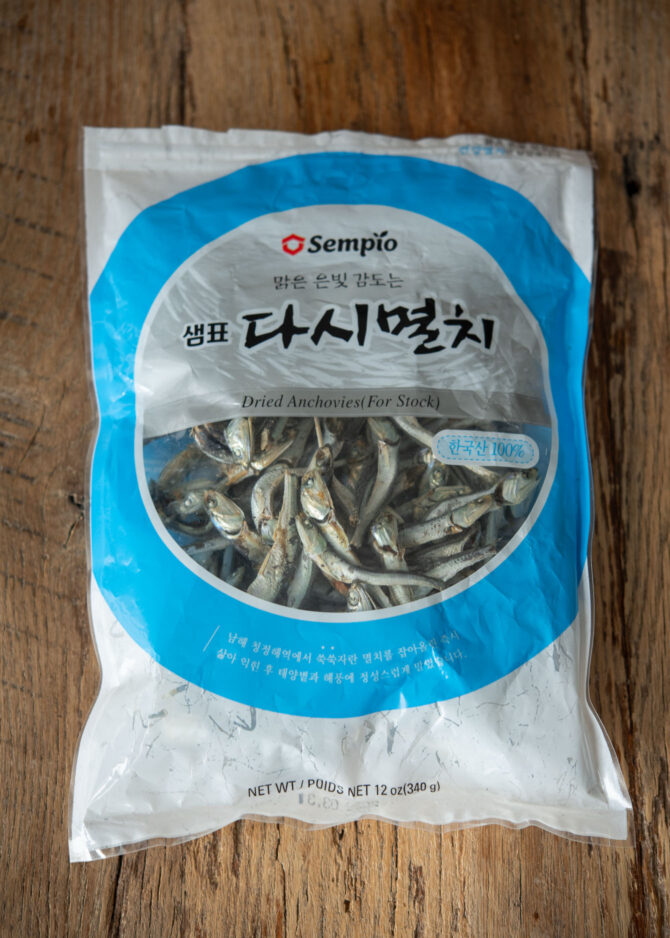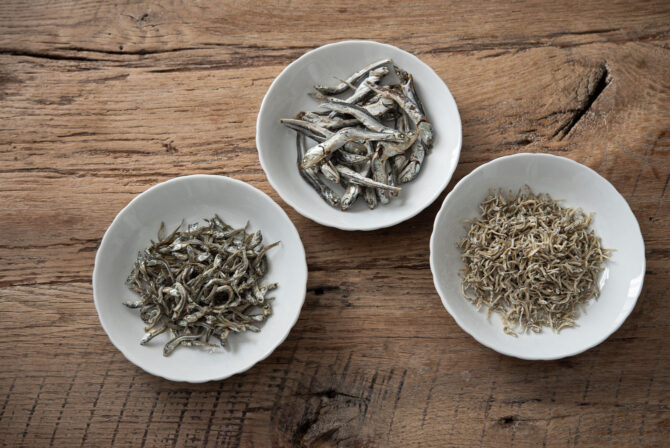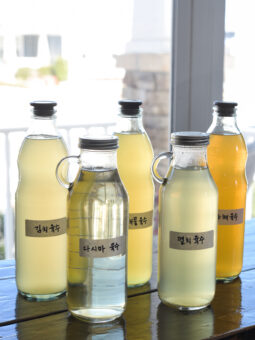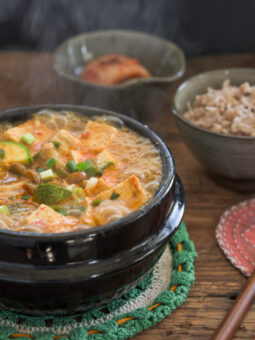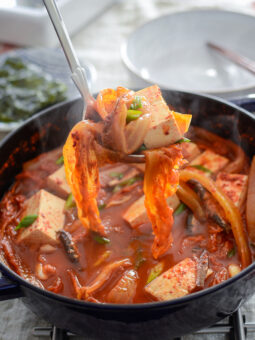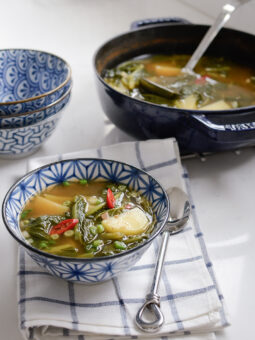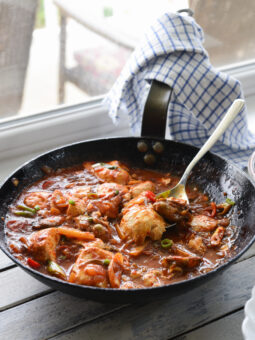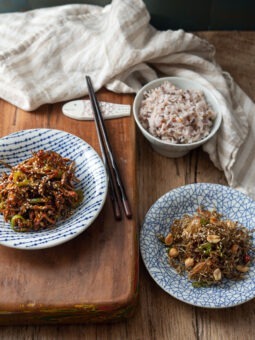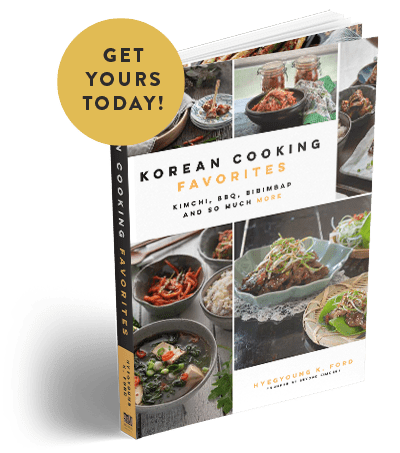Dried Anchovies (Myeolchi)
Dried anchovies (myeolchi, 멸치) are important pantry item in Korean cooking. They are commonly used from making soup stocks to stir-fries, or even as salty snacks. Since these dried anchovies contain lots of calcium, they have a nickname of “King of Calcium” in Korea. They are also known to be rich in omega-3 fatty acids.
There are three types of these Korean dried fish and all have a different purpose and usage.
Three Types of Korean Dried Anchovies
- Large anchovies (국물용): Large anchovies are mainly for making Korean soup stocks and broth. Anchovy stock is a key ingredient for making most of Korean soups and stews. Often dried sea kelp is added to bring extra umami in anchovy stock. You will find its use in my doenjang jjigae recipe and anchovy kimchi jjigae recipe. Make sure to remove the guts (the black innards) before adding it to water to make stock.
- Medium size (볶음용): Medium anchovies are for making side dish called myeulchi bokkeum. It’s a stir-fried anchovy side dish with either soy sauce or gochunag base sauce. Occasionally green chili is added in the dish. Many Koreans like to dip medium sized anchovies in a plain gochujang just to enjoy the taste of anchovy.
- Small anchovies (jiri myulchi): These tiny anchovies are used in making side dish just like this myeolchi bokkeum recipe. Often these anchovies are sautéed with nuts like peanut, walnut or almond in a gently sweet soy sauce. A small amount tiny anchovies are often added in a rice dish to give umami taste, too. See my oyster soft tofu rice bowl for the idea.
How to store Korean dried anchovies
Dried anchovies should always kept in a freezer to avoid molds. Store in a zip bag and freeze up to 1-2 year depending on how well they are sealed.

